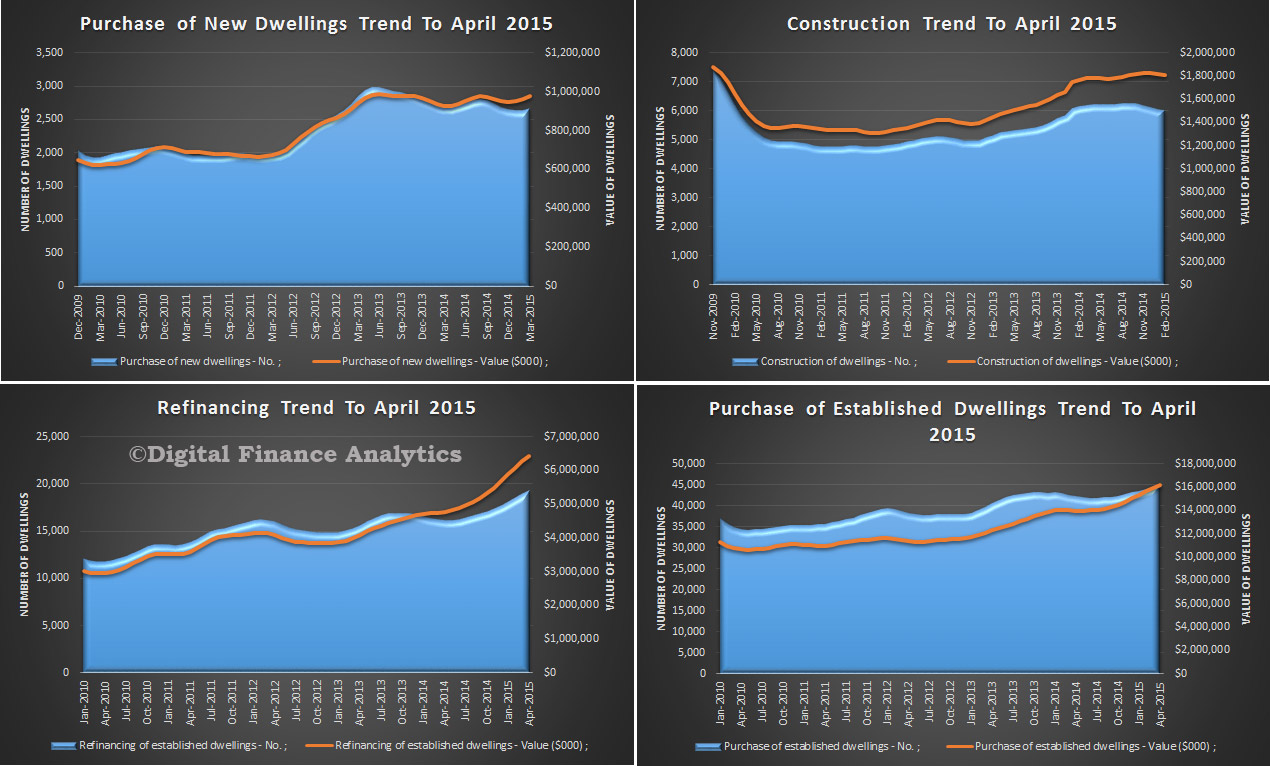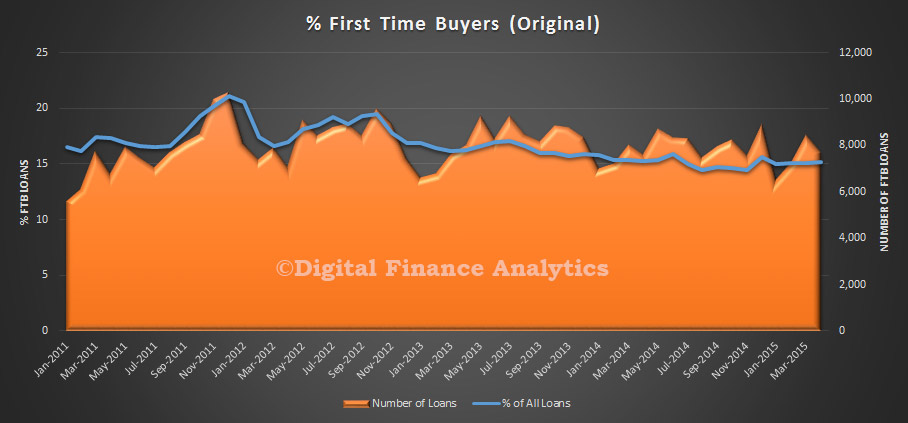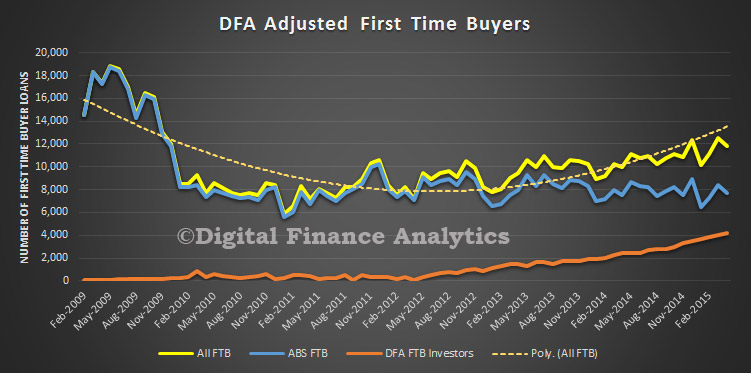From The Conversation. HSBC’s decision to end its operations in Brazil and Turkey, and lay off around 10% of its workforce worldwide shows just how far it has come from the days of touting itself as “the world’s local bank”. Its strategy used to be to offer any financial service everywhere in the world. Whether you were in Shanghai, Sydney, Springfield or Southampton, you could access services such as personal banking, foreign exchange business banking and investment banking.
This model paid off for years. The bank provided impressive returns to investors, progressively extended its footprint, and even seemed to dodge the worst effects of the financial crisis.
HSBC was not alone in doing well by doing everything, anywhere. Its competitors have built similar business models during the last 20 years.
Merger mania wasn’t for customers
In the past, different financial services were provided by different organisations. You went to one company for insurance, one for investment banking, and one for personal banking. There were co-operatives, partnerships, publicly listed companies and privately held companies. Banks in each country looked completely different. This meant there was a verdant landscape of different kinds of financial service organisation.
But during the 1980s, all this changed. Retails banks started to provide a whole range of services they had not before, such as insurance. Then retail and investment banks began to merge. Building societies demutualised. Banks began to expand across the world. The result was that the world’s financial sector was dominated by a handful of gigantic players. There was also a business model mono-culture: a universal bank which provided almost every service to everyone in the world.
Banks claimed to do this because their customers wanted it. There certainly were a number of sophisticated global clients looking for global banking services. But the real reason for adopting this model had nothing to do with customers. By merging retail and investment banks and continually growing the size of the bank’s balance sheet, these global giants were able to effectively use the money deposited in their retail banks to engage in risky – but highly profitable – trading and investment activities.
This model paid off for many years. As big banks grew, they delivered double digit returns to their shareholders. But perhaps more importantly, they created a lucrative stream of bonuses for senior managers. They also pumped out tax income for governments which hosted them. It seemed everyone was winning.
Downsizing
That was until 2007, when the financial crisis struck. When this happened these global giants with massive balance sheets became a liability. It quickly became obvious that they were too big to fail. If a bank went down, they could threaten the global economy.
And we quickly learned too that they were too big to manage. In the long aftermath of the financial crisis, we discovered that CEOs of large banks (including HSBC) had no idea what was going on in parts of their far flung empires. We also found out they were too big to trust. The ongoing stream of revelations around wrongdoing in markets like foreign currencies and LIBOR – the rate at which banks lend each other short-term money – show that bad behaviour appeared endemic in certain parts of these global giants.
Now shareholders are beginning to ask whether these giant universal banks are too big to succeed. With costs of bad behaviour mounting and many lines of business less profitable than before, shareholders are asking whether big banks should be trying to be everything for everyone. It seems that the universal banking model has failed.
The announcement by HSBC that it is cutting 25,000 jobs across the world, 8,000 in the UK, selling operations in Turkey and Brazil and shrinking its investment bank are an important part of moving away from this model. Underneath this is the recognition the bank can’t do everything for anyone. Instead, if banks like HSBC are to be trusted, profitable and sustainable they need to focus on a few markets where they have genuine expertise.
A benefit for all?
A more focused bank may look appealing to investors and regulators. But if we are to believe recent research, a smaller banking sector may actually be good for the wider economy. However, this focus is unlikely to appeal to staff who will lose their jobs. The UK government must be rightly nervous about losing HSBC, which is one of the country’s biggest tax payers and an important employer. Many of the other large banks are engaging in similar processes of shrinking their scope and balance sheets.
But the big question which remains is whether closing a few lines of business and a little restructuring will do enough to bring back diversity to the banking sector. Creating real diversity in this sector probably means not just slightly smaller global banks – it means ensuring there are a wide range of business models. The risk is that we simply end up with a small number of global giants with oversized footprints. Creating new business models to replace the universal banks is one of the biggest challenges of our time.
Author: Andre Spicer Professor of Organisational Behaviour, Cass Business School at City University London





